
-
Updating Roman Jakobson’s ‘Poetic Function’ with Vector Semantics
Read more: Updating Roman Jakobson’s ‘Poetic Function’ with Vector SemanticsKurzynski discusses how poetry extends beyond sound and rhythm and taps into a deeper network of meanings.

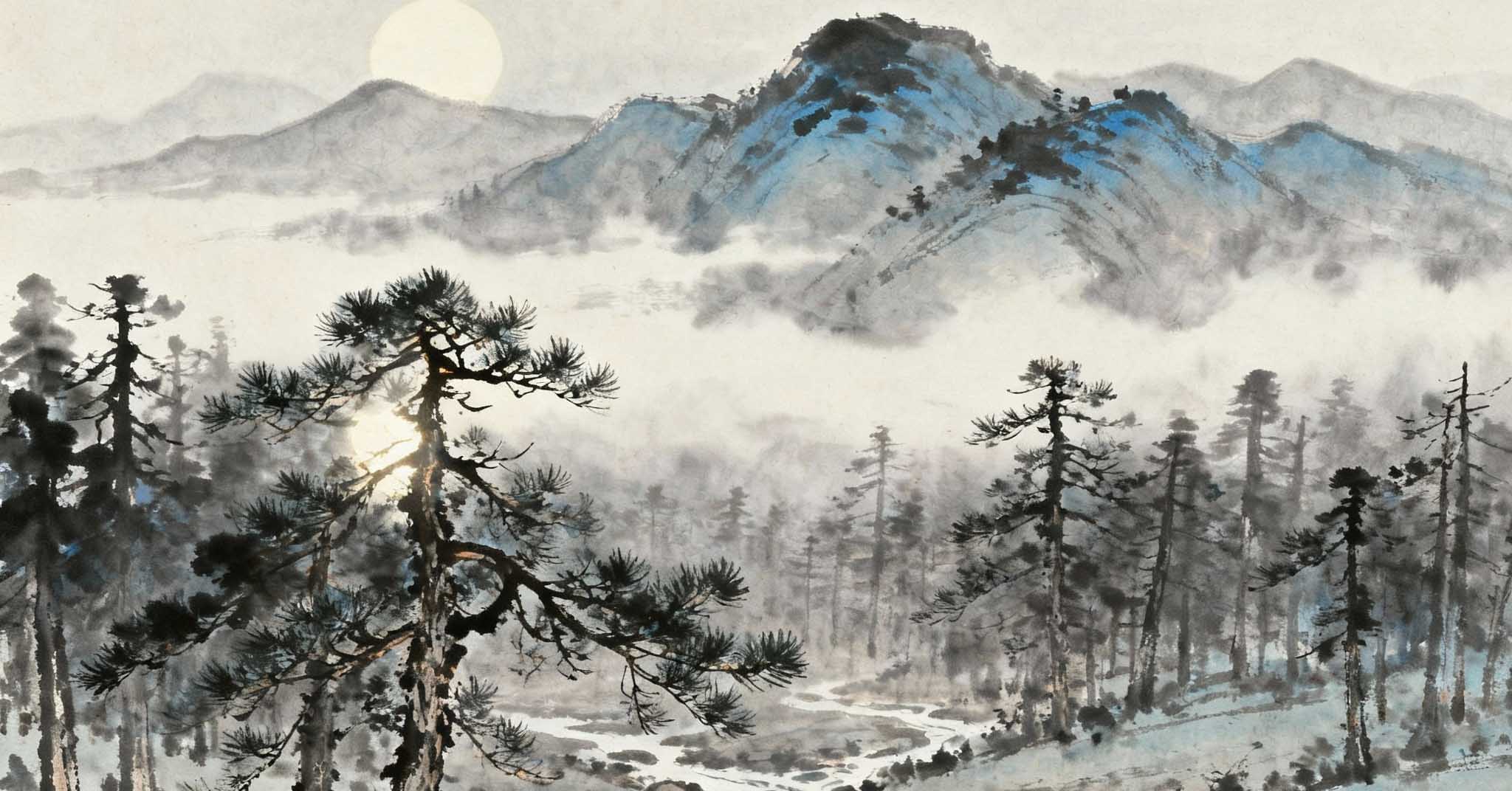
Kurzynski discusses how poetry extends beyond sound and rhythm and taps into a deeper network of meanings.
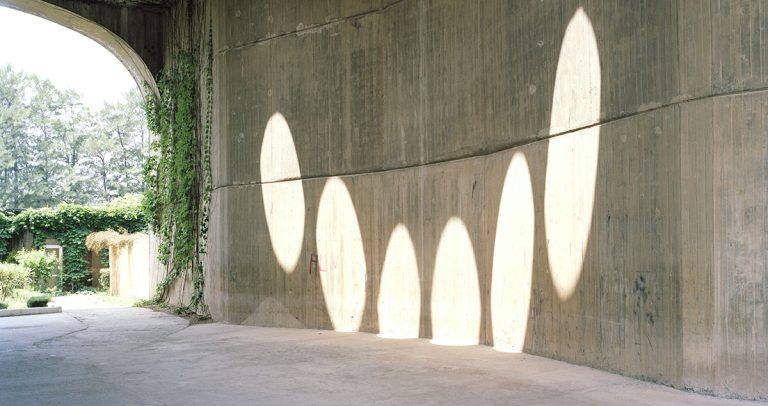
Simon Wolfgang Fuchs and Thomas Pierret explore the gap between oppressive and emancipatory utopias in the Middle East and North Africa
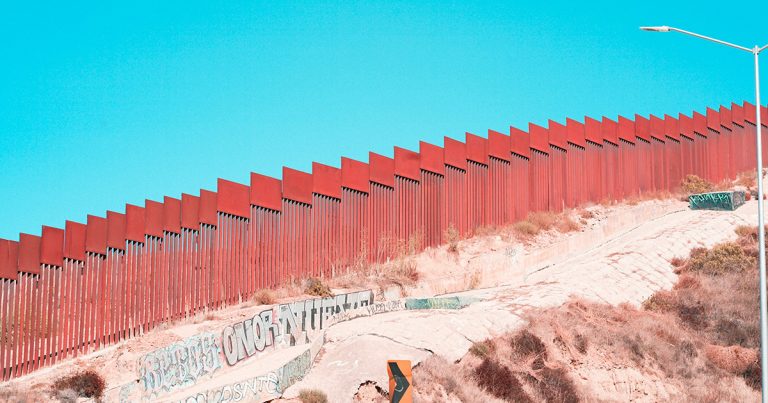
How have diasporas and migrants contributed to the rise of the US as a great political, economic, scientific, and cultural power?
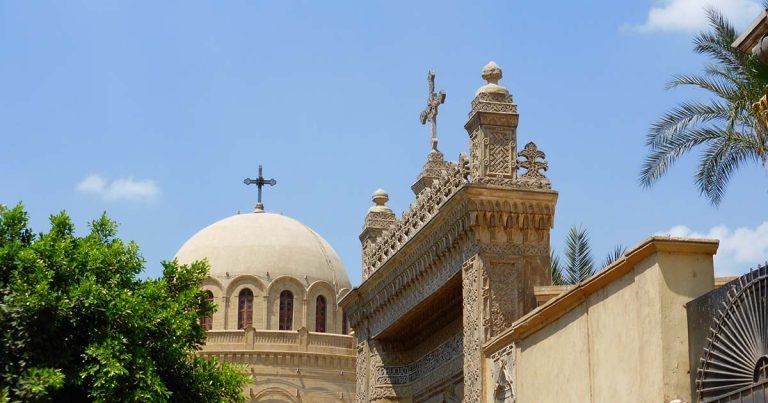
Drawing on a long history of Christian-Muslim coexistence, Anna Hager explores the nuances and complexities of interfaith relations in the Middle East
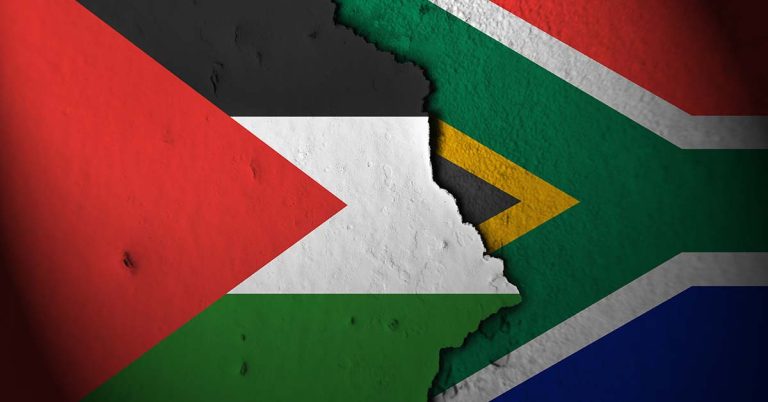
Kieron Turner treats Racial Capitalism as a crucial theoretical tool for anti-colonial Palestinian resistance
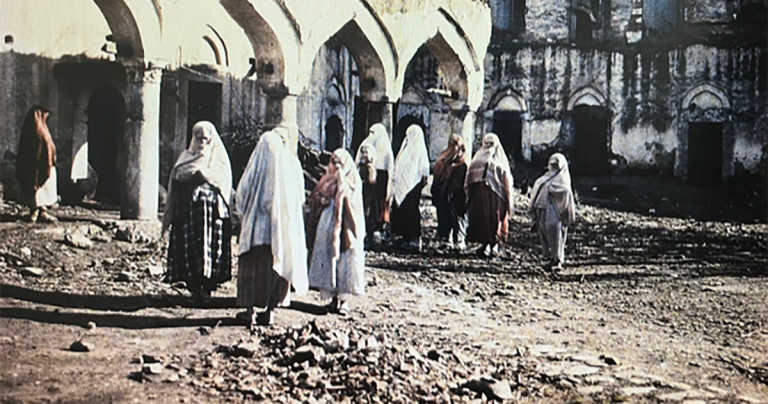
Umit Eser explores authoritarianism in post-Ottoman geographies by investigating the origins of organised violence and ethnic cleansings at the beginning of the twentieth century
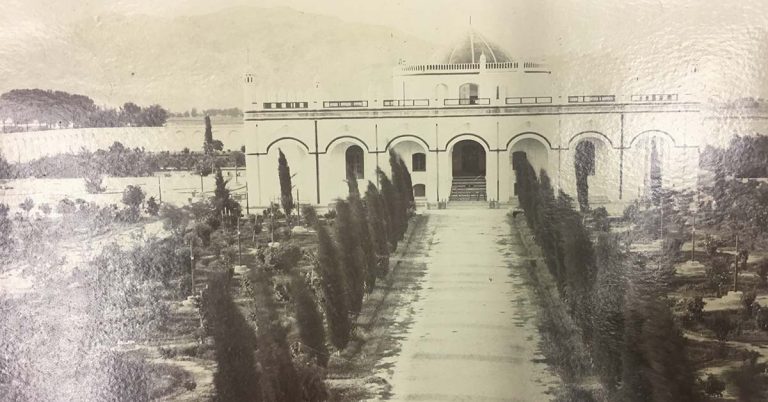
How does the telegraph function as both a material invention and an object of desire?
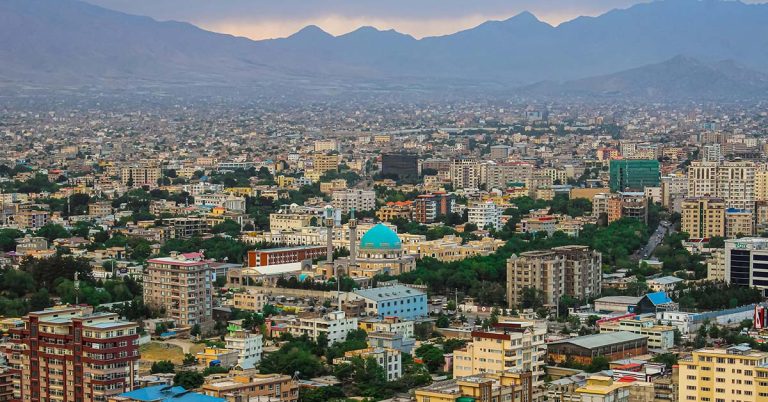
On the third anniversary of the seizure of Kabul, Robert D. Crews asks how we make sense of the Taliban takeover in Afghanistan.
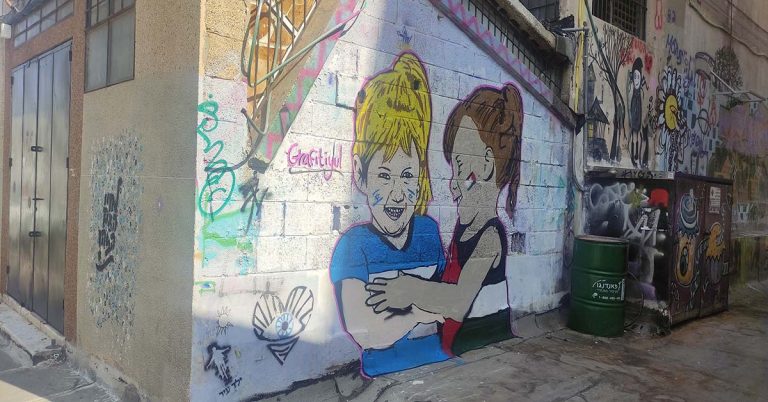
How do British and German cultural works establish relationality between Israel and Palestine?
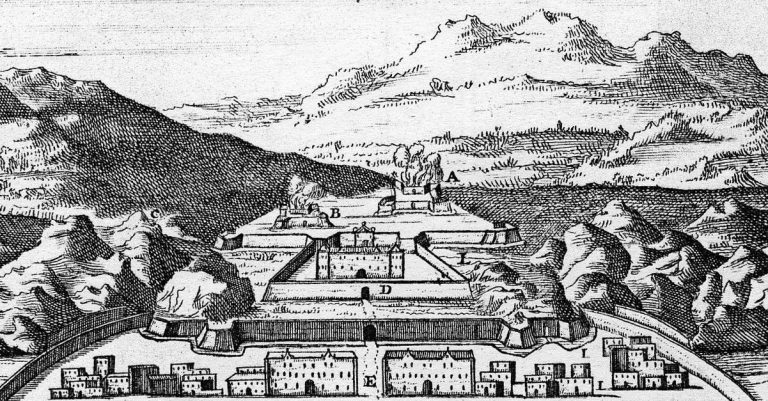
What happens when we view supernatural happenings as a wellspring of historical possibilities, rather than as excess to be cut away?